Mystery of Second World War RAF bomber sea crash revealed
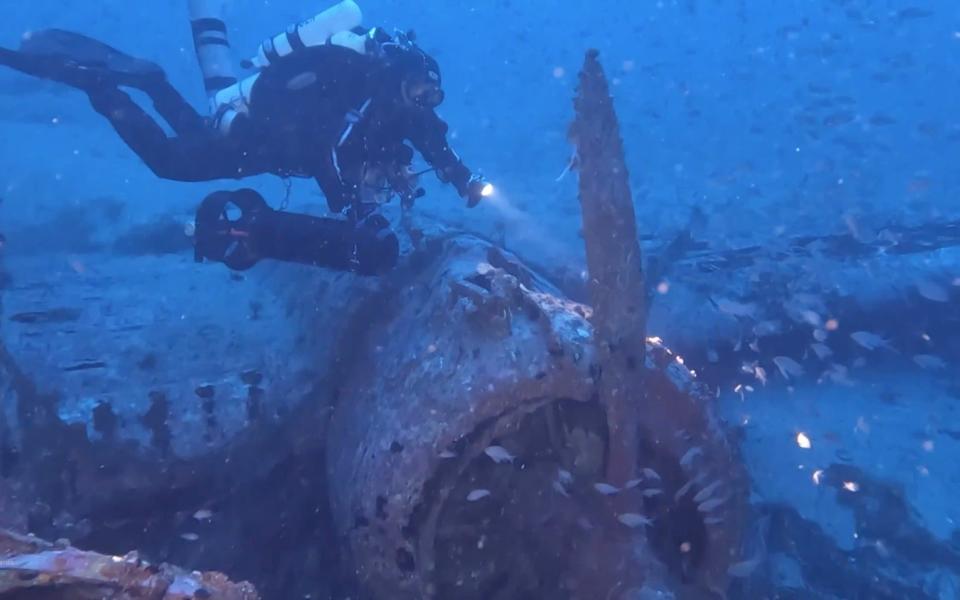
The poignant story of an RAF crew whose bomber plummeted into the sea off an Italian island nearly 80 years ago has been revealed for the first time.
It took a team of dogged historians and divers six years to piece together what happened to the aircraft, which has now been identified as a Martin Baltimore light attack bomber.
They relied on a mixture of British, Commonwealth and Italian military records as well as the recollection of locals, one of whom is still alive, who saw the aircraft fall from the sky.
It was flying on a reconnaissance mission from its base in Malta on June 15, 1942, when it was forced to ditch into the sea, either after being hit by enemy fire or because it was suffering from engine trouble.
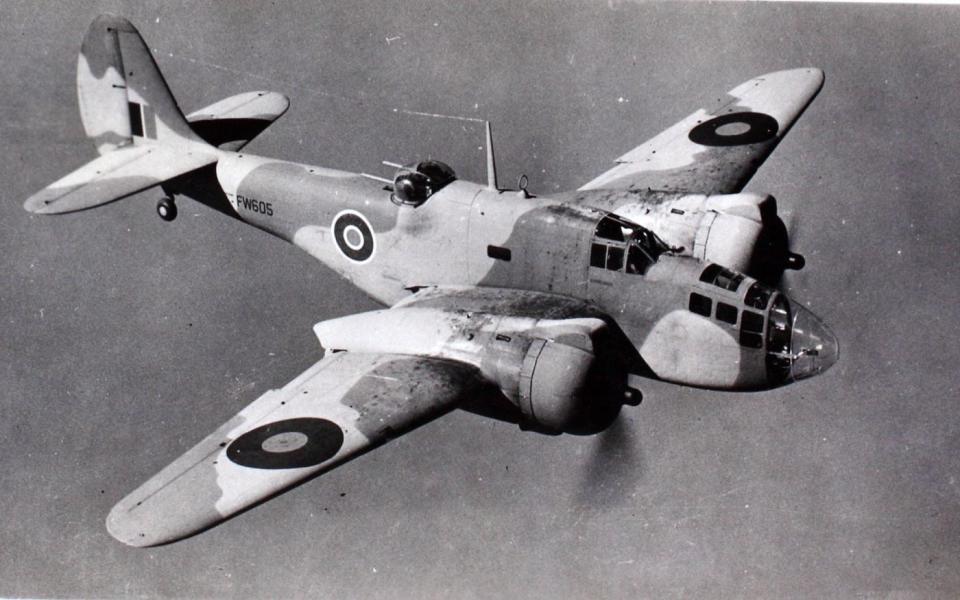
The aircraft came down about 500 metres off the coast of Linosa, a tiny island that lies south of Sicily.
It floated for a few minutes before dipping beneath the waves, giving local fishermen time to row out and attempt to save the four crew members.
They have now been identified as Sgt Francis William Baum, a pilot in the RAF; Flight Sgt Alick Greaves, an observer from the Royal Australian Air Force; Sgt William Edward Fincham, a wireless operator and air gunner from the Royal Canadian Air Force; and Sgt Robert Tettrell Purslow, an air gunner with the RAF.
Sgt Greaves died on impact when the bomber hit the sea and was buried in the Medjez El-Bab War Cemetery in Tunisia. The other three were rescued.
Tragically, Sgt Purslow died in a prisoner of war camp in Wolfsberg, Austria, in December 1943.
The aircraft was found on the seabed in 2016 but it took six years for locals to piece together war records and eye witness accounts of locals before they could identify it.
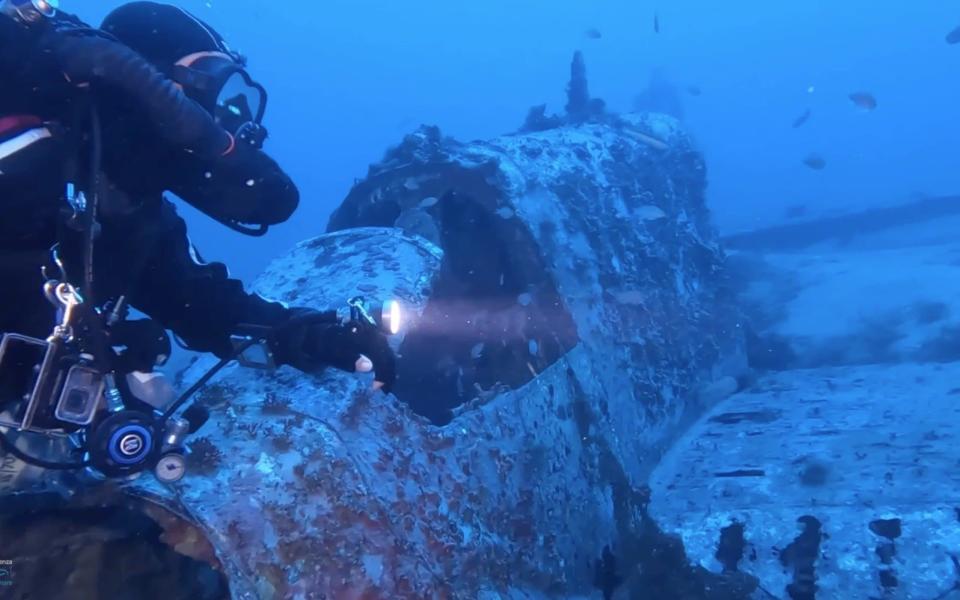
Thousands of Martin Baltimore bombers were made during the Second World War but they were mostly scrapped at the end of hostilities – the one found now ranks as one of the best-preserved in the world.
“The wreck is in an excellent state of preservation, apart from a crack half way along the fuselage and a small missing part of the left wing,” the team said in a statement.
“It is only partially submerged in the sand – the wings and the tail are still raised above the seabed.”
Heritage experts from Sicily said it was a valuable historical discovery.
“Once again, collaboration between local people, fishermen, divers and maritime heritage specialists has led to the discovery of an exceptional wreck,” said Alberto Samona, the official in charge of cultural heritage for Sicily.
The wreck, found at a depth of 85 metres, was originally thought to be an entirely different aircraft - an RAF Bristol Beaufort.
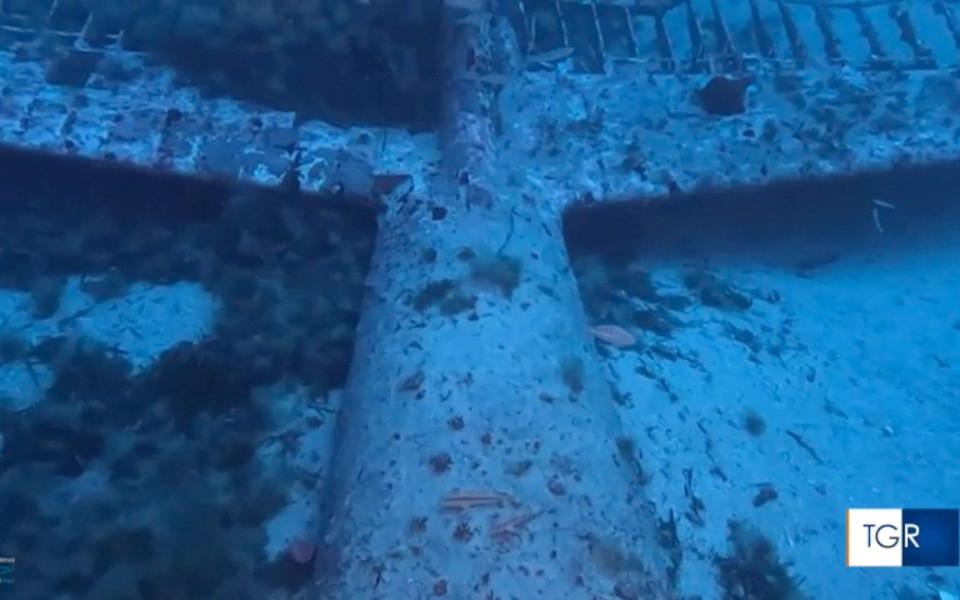
But it has now been positively identified as a Martin Baltimore, flown by 69 Squadron of the RAF when the unit was based at the airstrip of Luqa in Malta.
“The squadron’s missions were mostly concentrated in the eastern Mediterranean, the Aegean and Ionian Seas, the Libyan coast and later the Sicilian Channel,” the historians said.
They had to identify 12 incidents involving Allied aircraft that went down in the area in 1942 and 1943 before managing to find enough corroborating evidence to match the Martin Baltimore.
Its mission had been to observe Axis naval traffic around the Italian island of Pantelleria.
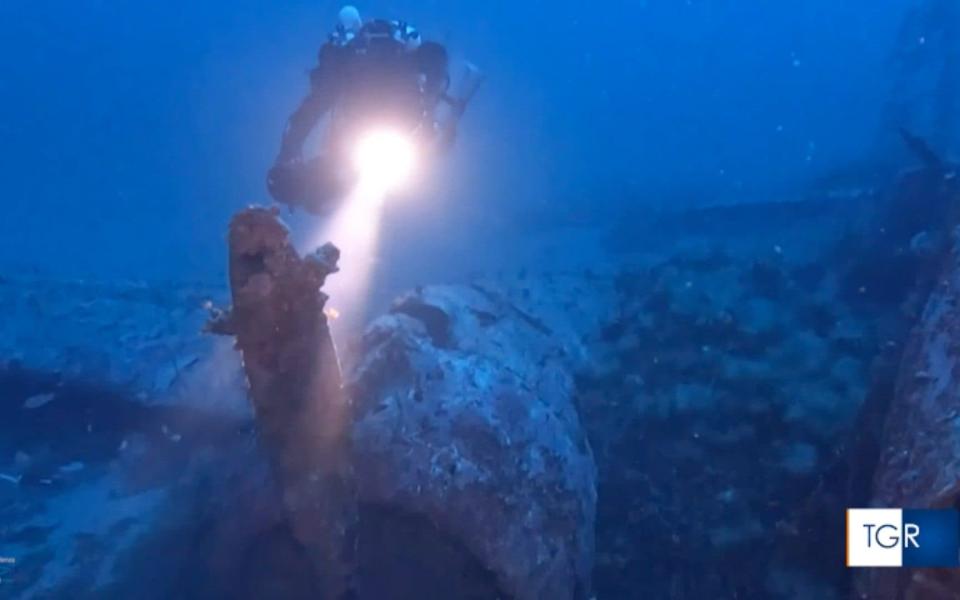
The squadron’s records noted that the bomber took off at 12.45 on June 15, 1942, on a reconnaissance mission.
“Took off on a shipping search in Pantelleria area but failed to return to base. No wireless contact,” recorded an entry in the squadron’s Operations Record Book.

 Yahoo Movies
Yahoo Movies 